How To Retrieve An Artificial Shrimp Lure (For Best Results!)
- By: Pat Ogletree
- on
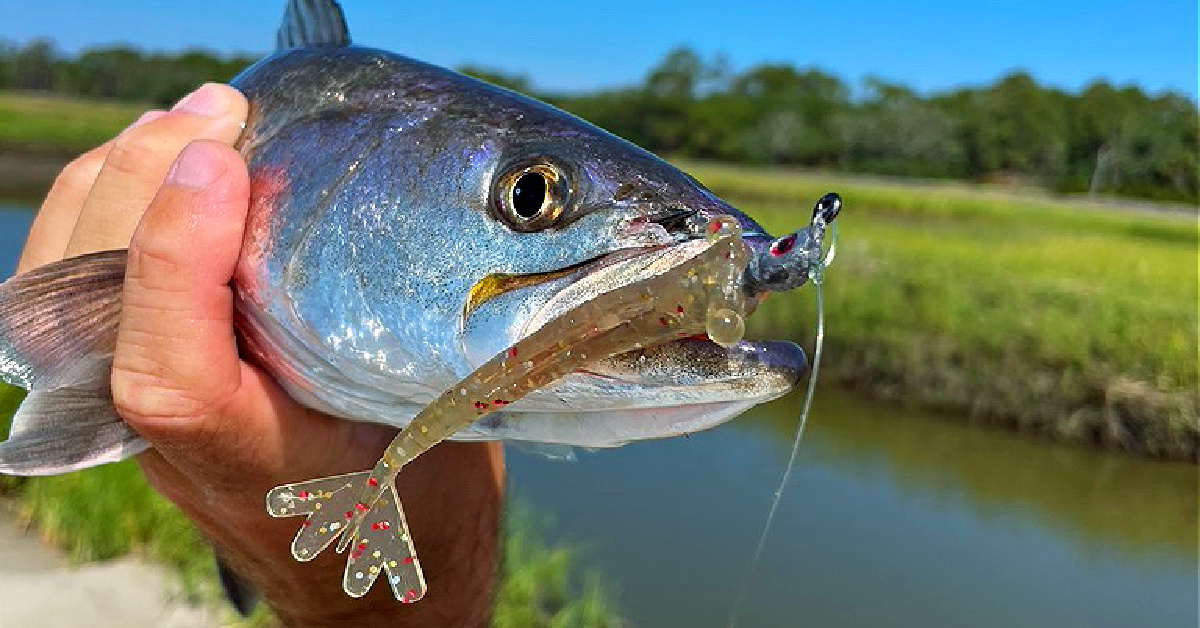
Is there a trick or easier way to retrieve an artificial shrimp lure?
The techniques used in the video below apply to any type of artificial shrimp lure rigging.
Master the Power Prawn USA with the methods described below!!
How To Retrieve An Artificial Shrimp Lure [VIDEO]

Featured Tackle:
- Power Prawn USA Slam Shady
- Hoss Helix Hooks
- Daiwa BG MQ 2500
- TFO Tactical Inshore 7’6 Medium-Light
- 10lb PowerPro Braid
- 20lb Berkley Vanish Fluorocarbon
Everyday Retrieve
This is the retrieve I use to dial in on what the fish are responding to that day and see when in the retrieve they’ll strike.
First, cast the shrimp lure out and then let it sink to the bottom.
The type of fish we’re after, which is mainly flounder or redfish, are bottom feeders.
Once it sinks to the bottom, close up the bail and give the lure two twitches by moving the rod up slightly.
This imitates shrimp bouncing along the bottom.
The key here is keeping the rod tip up after those two twitches to create a semi-slack in the line.
This actually allows the shrimp lure to glide forward instead of falling straight down to the bottom.
You can cover a bit more ground in less time and it behaves more naturally like a shrimp.
Repeat this process all the way back to you.
The severity of the twitches and lengths of pausing is solely dependent upon the behavior of the fish on that given day.
If the fish are kind of laid back and in a neutral mood, you would want to pause for a longer time and lessen the severity of the rod twitches.
But if the fish are actively feeding, then you can pick up the cadence of your retrieve.
From there, you can make further adjustments based on what the fish are telling you.
Tailing Fish or Sightfishing Retrieve
Your cast placement here is critical.
The goal here is to cast your lure behind the fish and at least a few feet in front of the direction it’s headed.
That way you can try and intercept the fish as it cruises along.
You don’t want to cast directly on top of the fish or else you may risk spooking them off.
When I visibly see the fish, I drag the lure across the bottom back to me in an effort to intercept the fish.
The idea behind this is to help the fish find your lure.
You don’t want to bring your lure to the fish, because that is not a natural presentation for shrimp.
However, if your shrimp lure is crawling along the bottom, the fish might believe it is not aware of a predator in the area and see an easy meal to strike.
Flounder Retrieve
I use a slightly different retrieve when targeting flounder.
First, cast the lure out and let it sink to the bottom.
Then, point the rod tip at the lure and slowly drag it about 12-18 inches across the bottom.
Reel in the slack and continue this retrieve all the way in.
For the freshwater anglers out there, it is similar to working a Carolina rig.
My main goal here is to keep the lure in contact with the bottom at all times.
If you can keep this lure on the bottom, you’ll only increase your chances of hooking into a flounder.
Typical Shrimp Lure Rod & Reel Setup
I’ve got the Daiwa BG MQ 2500 paired with the TFO Tactical Inshore 7’6 Medium.
The BG MQ is spooled up with 10lb PowerPro braid tipped with 20lb Berkley Vanish Fluorocarbon leader.
I have gone back to fluorocarbon in some situations but monofilament will work just fine.
The shrimp lures we use are on the lighter side so this rod in the Medium or Medium-Light power gives just enough of a casting distance boost.
Conclusion
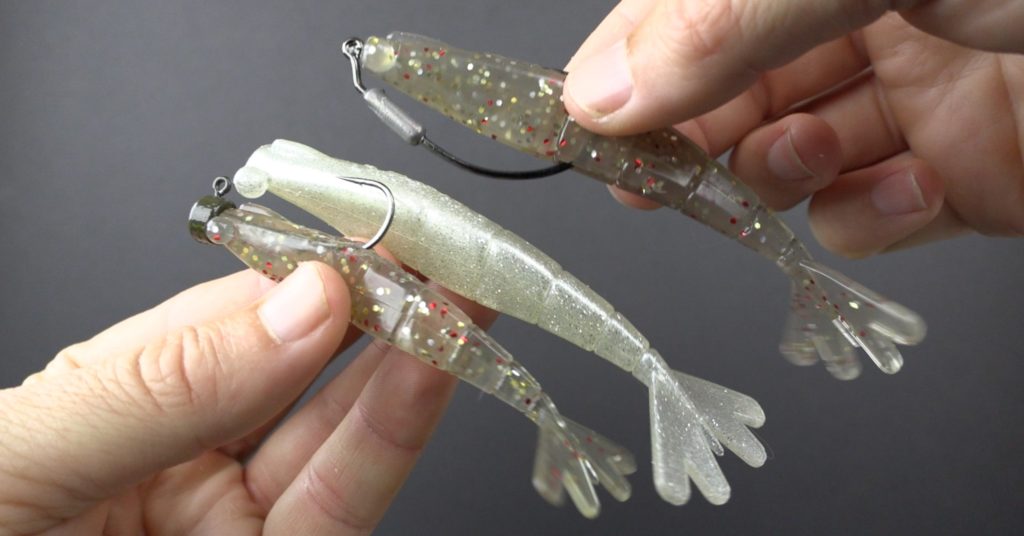
Keep in mind the techniques described above will work with just about every kind of artificial shrimp lure out there.
The goal is to try and call the fish to your lure and behave as naturally as possible so the fish can’t help but strike.
Do you have any additional questions about retrieving artificial shrimp lures or the Power Prawn USA?
Go ahead and drop any questions you have down in the comments section!!
And if you know someone who wants to learn more about how to retrieve an artificial shrimp lure, please TAG or SHARE this with them!
Oh, and if you Join the Insider Club TODAY, Smart Fishing Spots is absolutely FREE! Click here to join us in the Insider Club!
Related Articles:
Related categories:
STOP WASTING TIME ON THE WATER!
Do what the “SMART ANGLERS” are doing and join the Insider Club.
Here’s what you’ll receive today when you join:
- Weekly fishing reports and TRENDS revealing exactly where you should fish every trip
- Weekly “spot dissection” videos that walk you through all the best spots in your area
- Exclusive fishing tips from the PROS you can’t find anywhere else
- Everything you need to start catching fish more consistently (regardless if you fish out of a boat, kayak, or land).

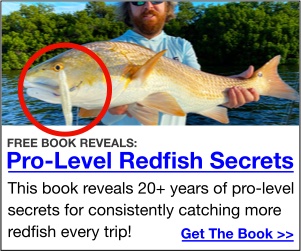


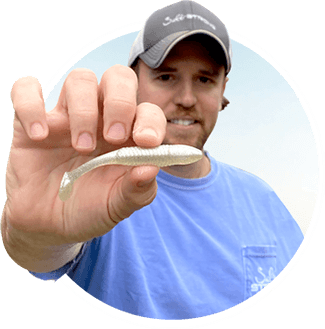
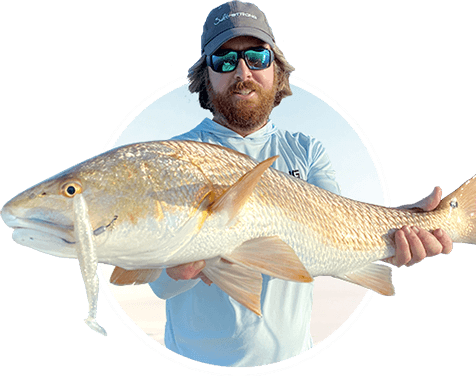
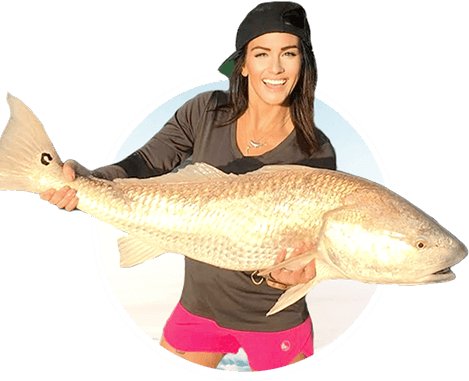
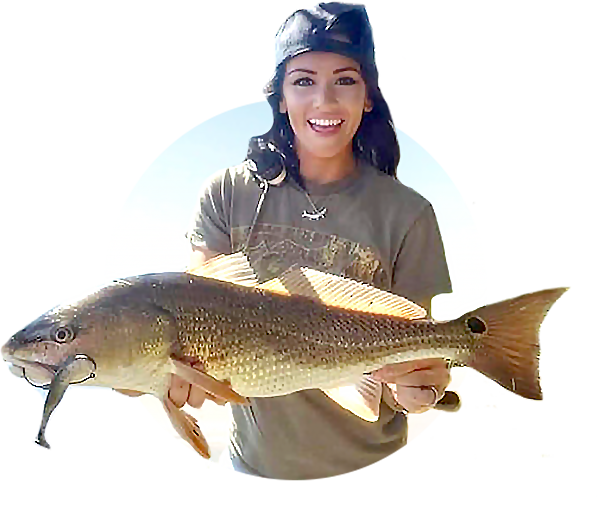
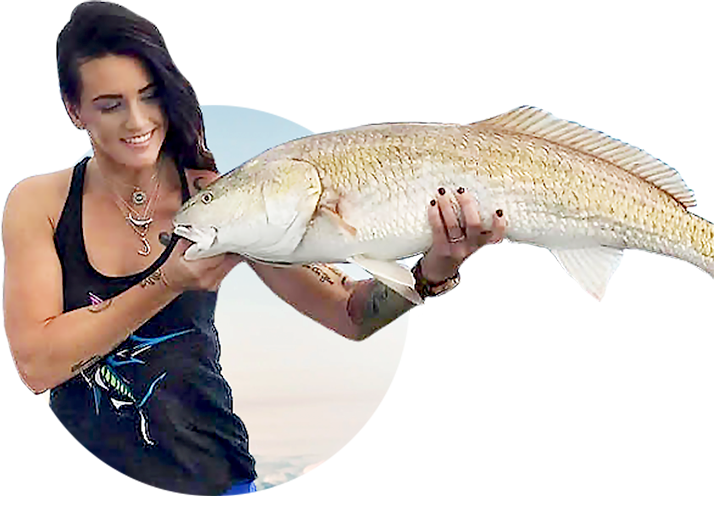
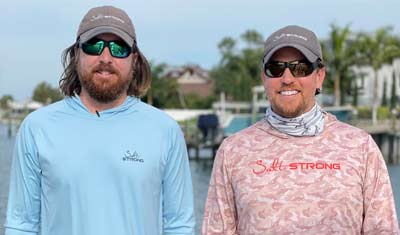
I always used leadhead with real buc tails for fluke !! Do you guys use these at all ?? On L.I. is was a killer !!
Very informative thanks! I’ll try the retrieval on Friday morning. Mikr
This was very informative, Pat. I typically use live/dead shrimp in an effort to “match the hatch” on the drop offs here in the St Johns River during the shrimp run but I’m going to rig an artificial on one of the rods and get some practice in; the possibility of increasing my flounder catch being mighty appealing…
Thank you Pat!
I will definitly add your flounder retrieve to my methods. I have not really targeted them in the past, but I fish many areas that should be perfect areas for them!
Great tips! I’ve been focusing on prawns in deeper pockets lately and been working pretty good!
Very helpful tips. I sometimes struggle with the shrimp imitations unless fish are actively feeding.
always enjoy your videos Pat…nice job!
Great tips Pat! Thanks!
Pat always putting out great information in his videos. Learning so much.
Great video Pat showing the 3 ways